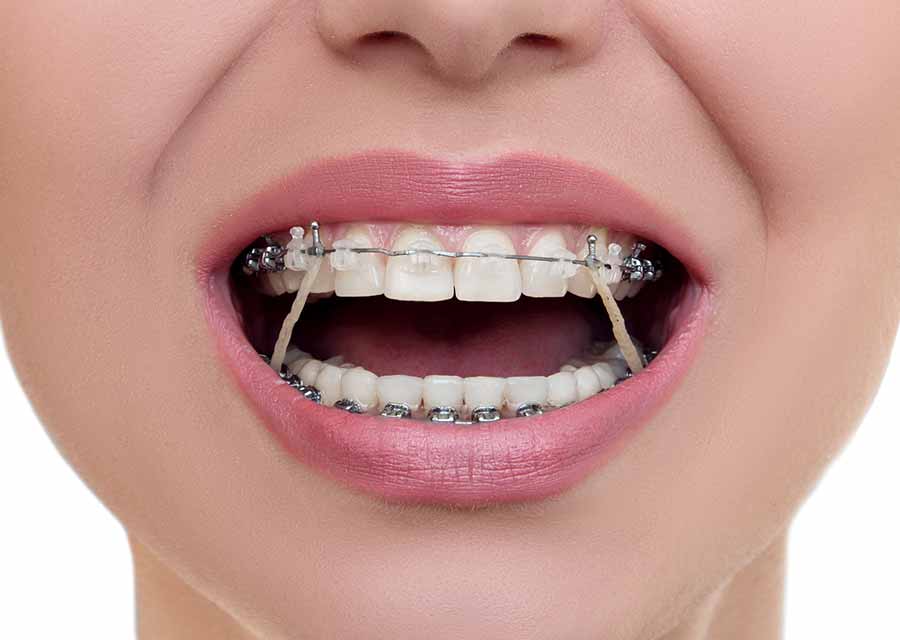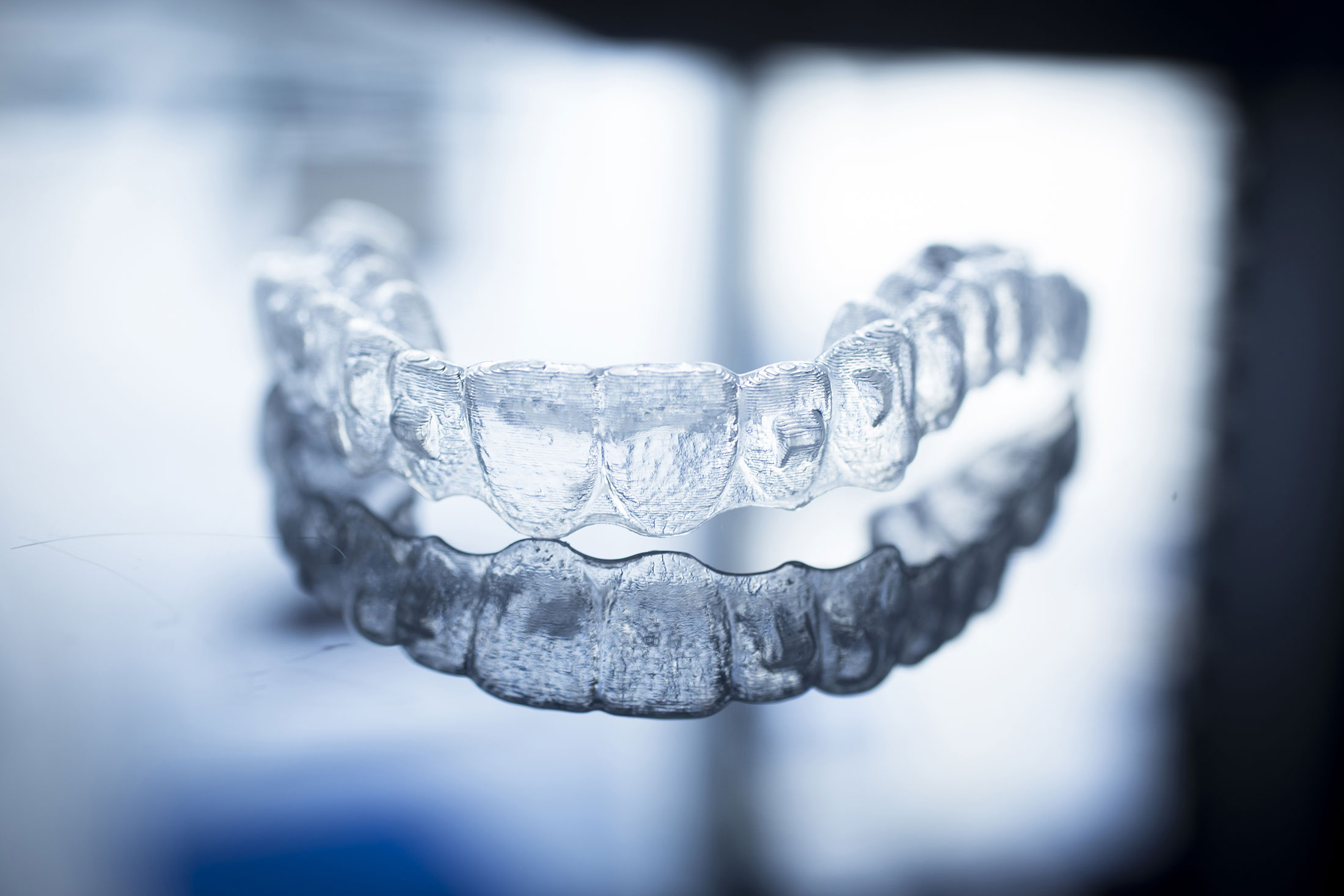The 2-Minute Rule for Legacy Orthodontics
Wiki Article
Getting The Legacy Orthodontics To Work
Table of ContentsThe Facts About Legacy Orthodontics RevealedEverything about Legacy OrthodonticsFacts About Legacy Orthodontics UncoveredSome Of Legacy OrthodonticsSome Known Details About Legacy Orthodontics
In enhancement, we supply flexible therapy schedules, flexible settlement choices and an enjoyable, enjoyable experience.An orthodontist is a dentist trained to detect, avoid, and treat teeth and jaw irregularities. Orthodontists work with people of all ages, from kids to grownups.
Malocclusion, or misaligned teeth, can cause oral issues, consisting of dental cavity, gum tissue condition, and tough or excruciating eating. But not every person is born with straight teeth. If you have a poor bite or large spaces in between your teeth, you may wish to get in touch with a dental expert specializing in orthodontic treatment.
The 2-Minute Rule for Legacy Orthodontics
( Picture Credit Rating: DigitalVision/Getty Images) Orthodontists make use of taken care of and removable dental devices, like dental braces, retainers, and bands, to transform the position of teeth in your mouth. Orthodontic therapy is for dental problems, including: Crooked teethBite problems, like an overbite or an underbiteCrowded teeth or teeth that are also far apartJaw misalignmentThe objective of orthodontic therapy is to enhance your bite.While you could think of orthodontists as generally for youngsters or teens who need braces, they can remedy oral problems at any age. Orthodontists participate in university, oral institution, and orthodontic institution.
, but not all dental professionals are orthodontists. They concentrate on two locations: Just how to effectively and securely move teeth How to properly lead development in the teeth, jaw, and faceOnce an orthodontist has finished training, they have the option to become board accredited.
10 Simple Techniques For Legacy Orthodontics
Misalignment, or malocclusion, is one of the most typical reason people see an orthodontist. It is genetic and is the outcome of dimension distinctions between the upper and lower jaw or in between the jaw and teeth. Malocclusion leads to tooth overcrowding, a twisted jaw, or irregular bite patterns. Malocclusion is typically treated with: Your orthodontist attaches steel, ceramic, or plastic square bonds to your teeth.If you have just small malocclusion, you may be able to utilize clear braces, called aligners, as opposed to conventional braces (https://www.artstation.com/legacyortho8/profile). Some people require a headwear to aid move teeth into line with pressure from outside the mouth. After braces or aligners, you'll require to use a retainer. A retainer is a personalized gadget that maintains your teeth in place.
They're usually made use of on youngsters. They can develop added room in the mouth without having to pull teeth. If you have a severe underbite or overbite, you may need orthognathic surgical procedure (also called orthodontic surgical treatment) to lengthen or shorten your jaw. Orthodontists utilize wires, medical screws, or plates to support your jaw bone.
You might require to see an orthodontist if you have: Crowding or not enough room for all of your teethOverbite, when your upper teeth come over your base teethUnderbite, when your bottom teeth are also far forwardSpacing or issues with gapsCrossbite, which is when your top teeth fit behind your bottom teeth when your mouth is closedOpen bite or an upright void between your front base and upper teethMisplaced midline, when the center of your bottom and upper teeth don't line up Dealing with an oral malocclusion can: Make attacking, chewing, and talking easierImprove the balance of our face and your total appearanceEase discomfort from temporomandibular joint conditionsSeparate your teeth and make them easier to clean up, helping protect against dental caries or tooth cavities It's usually a dental professional that initially notices misaligned teeth during a routine exam.
About Legacy Orthodontics

During your initial orthodontic consultation, you'll likely have: A dental examPhotos taken of your face and smileDental X-raysPanoramic (360 level) X-rays of your face and headImpressions to create molds of your teethThese examinations will certainly help your orthodontist know exactly how to wage your treatment. orthodontist. An orthodontist is a dental professional who's had training to treat your teeth and jaw
Orthodontists might do surgical treatment, exams,X-rays,and even more to aid you achieve a much more comfy, much healthier smile. An orthodontist is focused on your bite, so something like a broken tooth would be taken care of by a dentist. Orthodontists are dentists yet not all dentists are orthodontists. Orthodontists are concentrated on your bite, or the way your teeth fit together, and the straightness of your teeth. Ever before wondered how celebs always seem to have flawlessly straightened teeth? The solution usually depends on the proficient hands of an orthodontist. However exactly what does an orthodontist do? Orthodontists are oral professionals who focus on correcting irregularities in the teeth and jaws. Their proficiency surpasses simply producing a lovely smile; it expands to improving your general dental health and wellness and function.
Examine This Report on Legacy Orthodontics
Our site
While braces are the most generally recognized orthodontic treatment, orthodontists have a diverse toolkit at their disposal. The particular approach selected depends upon the intensity of the instance, the patient's age, and private choices. These reliable dental braces make use of a system of brackets bonded to the teeth and connected by cords.
These removable trays are personalized to gradually move the teeth's placement. In cases of slim jaws, palatal expanders can be made use of to produce space for proper tooth alignment.
Report this wiki page